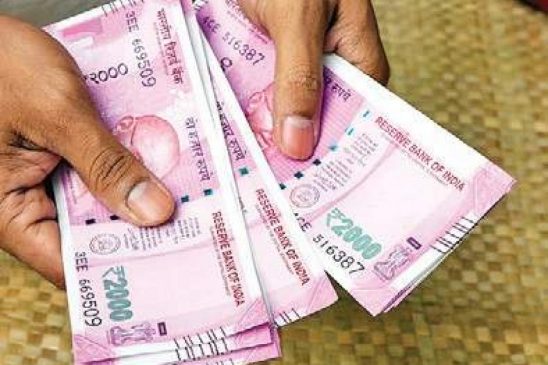Under this tax-saving programme, the minimum tenure or lock-in period for deposits is 5 years. A maximum tax exemption of Rs.1.5 lakh is available.
New Delhi: There are few options on the market for investors looking for a tax-saving strategy that simultaneously provides a guaranteed return. One of them is a tax-saving fixed deposit (FD).
Tax-saving FDs enable investors to invest in order to save tax under Section 80C of the Income-Tax Act.
Under this tax-saving programme, the minimum tenure or lock-in period for deposits is 5 years. A maximum tax exemption of Rs.1.5 lakh is available.
Unlike other market-linked securities, the tax-saving fixed deposit provides guaranteed returns with minimal risk. This is one of the reasons why taxpayers like this option so much.
Read more:National Pension System: How to get a tax deduction benefit above ₹2 lakh by investing in NPS
The interest rate on such FDs varies from bank to bank. Most banks typically provide either cumulative or non-cumulative tax-saving FDs.
Check the list of banks:
Indusind Bank – 6.5%
RBL Bank – 6.3%
IDFC First Bank – 6.25%
DCB Bank – 5.95%
Karur Vysya Bank – 5.9%
Read more:Axis Bank revises FD interest rates effective 8 March 2022- Check new fixed deposit rates here
Individuals and Hindu Undivided Families (HUFs) are the only entities that can invest in tax-saving FDs under existing income tax legislation. One can start a tax-saving FD account with a bank with which they already have a savings account or with another bank, as long as the bank enables them to do so without first creating a savings account.





































